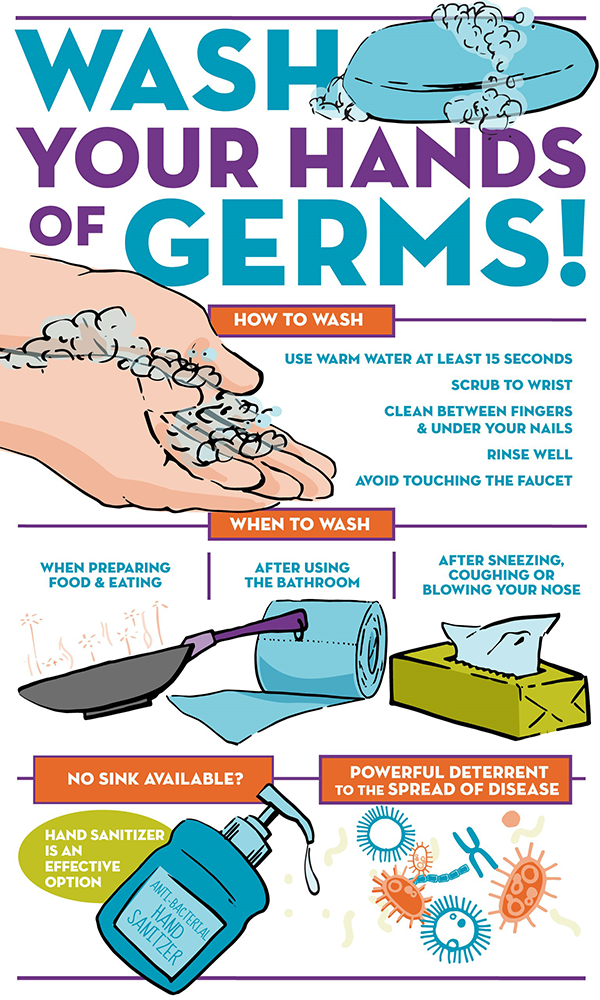Hand Hygiene Facts and Tips
When it Comes to Stopping Germs, Wash Your Hands of the Matter!

One of the simplest ways to protect good health is also one of the most effective. Washing your hands is clinically
Getting a syllabus creating support that actually understands the topic is excellent. We review typically the program and directions intimately and then devise by far the most proper proven to prevent the spread of disease.
This is particularly important when dealing with germs that resist antibiotics or those which are otherwise difficult to treat.
Germs are an unavoidable part of life, and many of the germs that we carry are actually good for us. Hand hygiene works because the bad germs are usually found on the surface of our skin, while the good germs live in the tissues underneath.
You should wash your hands after using the bathroom, sneezing, coughing, blowing your nose, or touching potentially infected surfaces, and hospital surfaces. Wash your hands with soap for a minimum of 15 seconds in warm (not cold) water. Be sure to clean every part of your hands, including thumbs, fingertips, and between fingers. Rinse off your hands with running water, and use a disposable paper towel or touch-free hand dryer to remove excess moisture. If a sink is unavailable, using an alcohol-based hand sanitizer is also an effective way of eliminating disease-causing germs.
Don’t be afraid to ask your nurse or physician to clean his or her hands before examining you. Patient safety is a team effort – everyone has a part to play.


